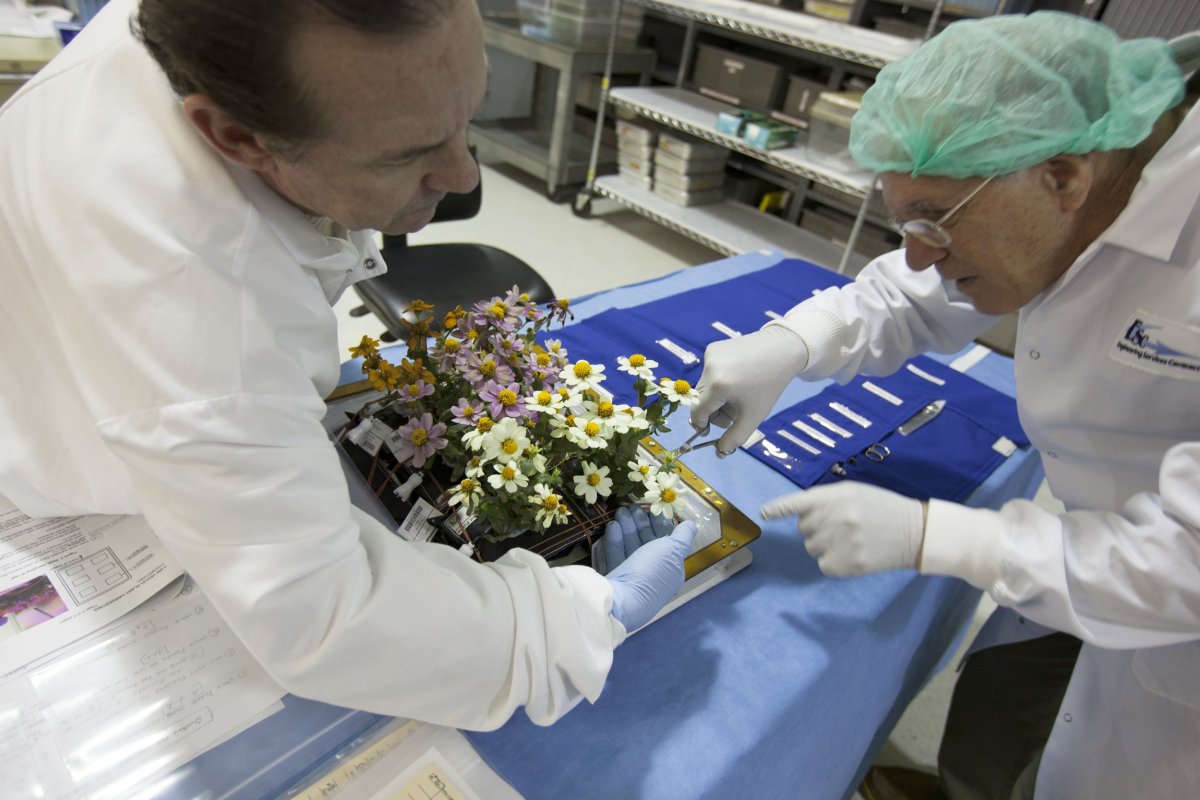
The International Space Station is a large spacecraft that orbits Earth's atmosphere about 220 miles above the planet's surface. Friday marks the ISS's 7,000th day in orbit. In those 7,000 days, the outpost has seen its ups and downs; here's a run-through of some of the biggest highlights.
1998
The construction of the ISS began on November 20, 1998, and was a result of international efforts involving 16 countries, the BBC reported. Although it is a large craft today, the original ISS was made up of just one unit, the Zarya Control Module, a Russian craft built from American funding. Later that year the "Unity" node was added, marking the first of many expansions of the ISS.
1999
On May 29, 1999, the Discovery became the first space shuttle to dock on the ISS, NASA reported. The shuttle was carrying many important parts necessary for the further construction of the ISS, including a crane and technology devices.
Related: Russian Astronauts Say 'Alien Life' Found On Space Station Did Not Come From Earth
2000
The first human crew arrived at the ISS on November 2, 2000, and since then, astronauts have been permanently living at the ISS. The astronauts take turns rotating shifts and stay for three to six months at a time. The first crew to climb aboard the ISS included space station commander Bill Shepherd (U.S.), Soyuz commander Yuri Gidzenko (Russia) and flight engineer Sergei Krikalev (Russia), according to the European Space Agency. At this point the ISS expanded significantly from its early days, reaching to about the size of a football field and containing many laboratories.
2009
In 2009 the ISS increased the number of crew members who could reside there from three to six. More crew capacity was an important improvement as it increased the number of experiments that could be conducted in the space station at any given time.
Related: Astronauts At The International Space Station Hint At New Year's Eve Celebration
2010
By November 2, 2010, the ISS officially had traveled 1.5 billion miles, NASA reported, alhough all this travel was around Earth. This year the ISS set a record for being the longest continuously inhabited spacecraft after hosting humans for 3,645 straight days.
2016

The Future
The ISS isn't done quite yet, as NASA readies for a possible journey to Mars, our closest solar system neighbor. According to Wired, the space agency will use the ISS to prepare astronauts for long-term deep space travel and even prepare some future space ship parts right there in space.
Uncommon Knowledge
Newsweek is committed to challenging conventional wisdom and finding connections in the search for common ground.
Newsweek is committed to challenging conventional wisdom and finding connections in the search for common ground.
About the writer
To read how Newsweek uses AI as a newsroom tool, Click here.








